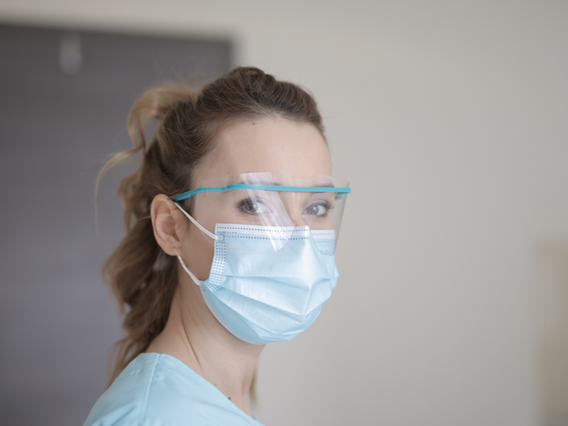- Hello • February 8, 2023
What’s the Difference Between DNP and DNAP CRNA Degrees

DNP vs DNAP: Which is the best CRNA degree?
Nurse Anesthetists (CRNAs) are in charge of assisting surgeons and supervising physicians with the administration of anaesthesia, along with post-operative care. It should be no surprise that CRNAs are one of the most in-demand careers in the healthcare industry. The BLS projects a staggering 14% growth in the employment rate from 2019 to 2029. At present, CRNAs are handsomely paid with a median annual salary of $184,570.
So how do you become a CRNA? At the moment, you can become a CRNA by taking a master’s program. By January 2 2022, however, nursing students entering CRNA programs must enrol in a doctorate program. By 2025, CRNAs will require a doctorate in order to practice. Students can choose between a Doctorate of Nursing Practice (DNP) or a Doctorate of Nursing Anesthesia Practice (DNAP). For the sake of your career, you want to select the program that suits you best. To help you pick, this article will compare and contrast both doctorate programs.
Overview:
DNP courses emphasize clinical practice, with the intention of producing highly-credentialed leaders. Nurses who want to directly treat patients can further specialize in the Advanced Practice Registered Nursing (APRN) route. These RNs are trained to diagnose and treat patients in specialized ways. These are where DNP CRNA programs fall under.
In comparison, DNAP classes mainly focus on the research of anaesthetic practices. From the clinical setting, education, and even on the administrative level, the goal is to improve nurse anaesthesia on all levels with detailed studies. This can mean applying physiological theory in a manner that improves the quality of care, across the board. Students may also be expected to resolve ethical dilemmas in the industry with effective and creative strategies.
DNAP Program Length and Requirements.
Specific requirements for a nurse anaesthetist program can vary from school to school. Whether it is a DNP CRNA program or a DNAP, you will typically need a bachelor’s degree, a nursing license and a minimum GPA of 3.0. Most doctorate programs will also require one to three years of experience in an intensive care unit or a critical care program.
Once you have met the requirements and enrolled, students can choose between a variety of tracks. DNP students must specialize in DNP CRNA programs, while DNAPs are already specialized. Both programs tend to take 33 to 43 credits and around 500 hours. How long it takes depends on your approach and track of choice. The BSN to DNAP/DNP track can take up to 3-4 years full time and 4-7 years part-time. Meanwhile, MSN to DNAP/DNP programs can take 1-2 years full time, and 2-3 years part-time.
Accreditation
The DNP curriculum is set by the American Association of Colleges of Nursing (AACN), while the DNAP is approved by the Nurse Anesthetists Council of Accreditation (NACA). Thanks to the efforts of the AACN, the DNP CRNA programs are widely recognized as terminal degrees (or the highest possible nursing education), compared to DNAP ones. Unless you want to become a university faculty member, this is negligible.
DNP and DNAP Salary:
There is no major discrepancy between a DNAP and a DNP CRNA salary. However, there are a number of other factors that can determine your income. Entry-level salaries can sit at around $100,000, while senior CRNAs with eight years of experience can earn up to $220,557. Salaries can also depend on where you work. Currently, the highest DNP/DNAP salaries can be found in outpatient care centres and speciality hospitals. There, income sits at around $224,810 and $201,220, respectively. Certain states also pay their CRNAs better than others. Be sure to also consider the cost of living, before making any major decisions.
How to Become a CRNA After Education:
As soon as you finish your studies, you are allowed to take the National Certification Exam (NCE). This 3-hour computerized test consists of 100-170 test questions, including 30 random non-graded questions. Preliminary results are immediately given, but official results are sent two to four weeks later. Additionally, there is a $995 entrance fee.
The contents of the exam can be broken down into four parts: basic sciences (25%), equipment, instrumentation and technology (15%), basic principles of anaesthesia (30%) and advanced principles of anaesthesia (30%).
Conclusion:
In the DNP vs DNAP comparison, we find that both programs are more similar than different. There is no doubt that both programs diverge in some key aspects. The DNP emphasizes practice, while DNAP is focused on the application of research. The DNP is more widely recognized, because of the efforts of its governing body. Despite this, both degrees have equal merits for any aspiring CRNA. Which one suits you mostly depends on personal preference, and what is available to you.












